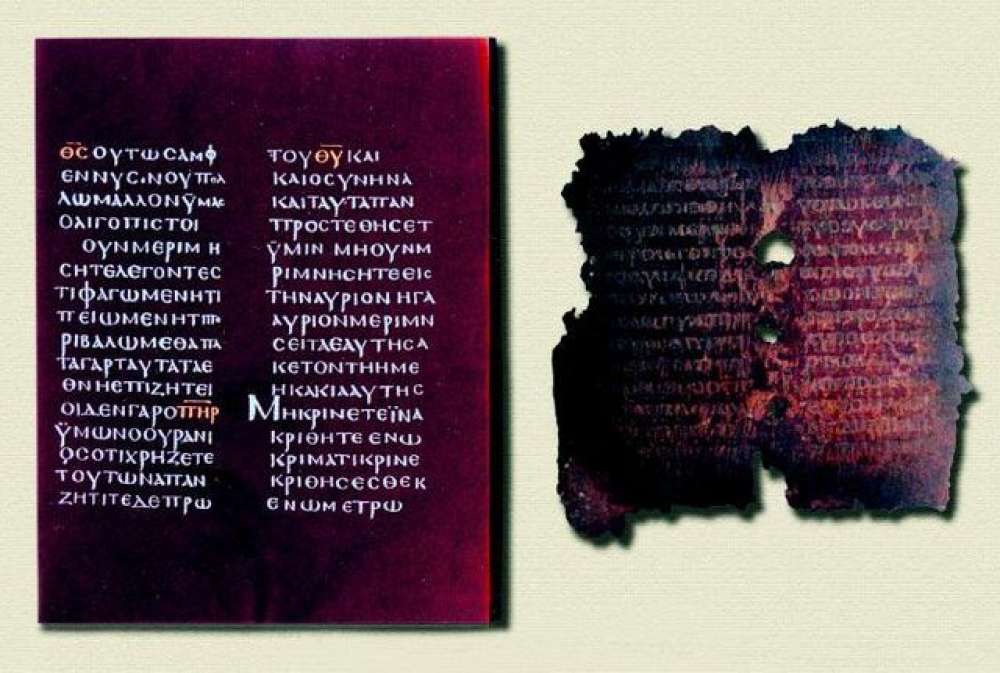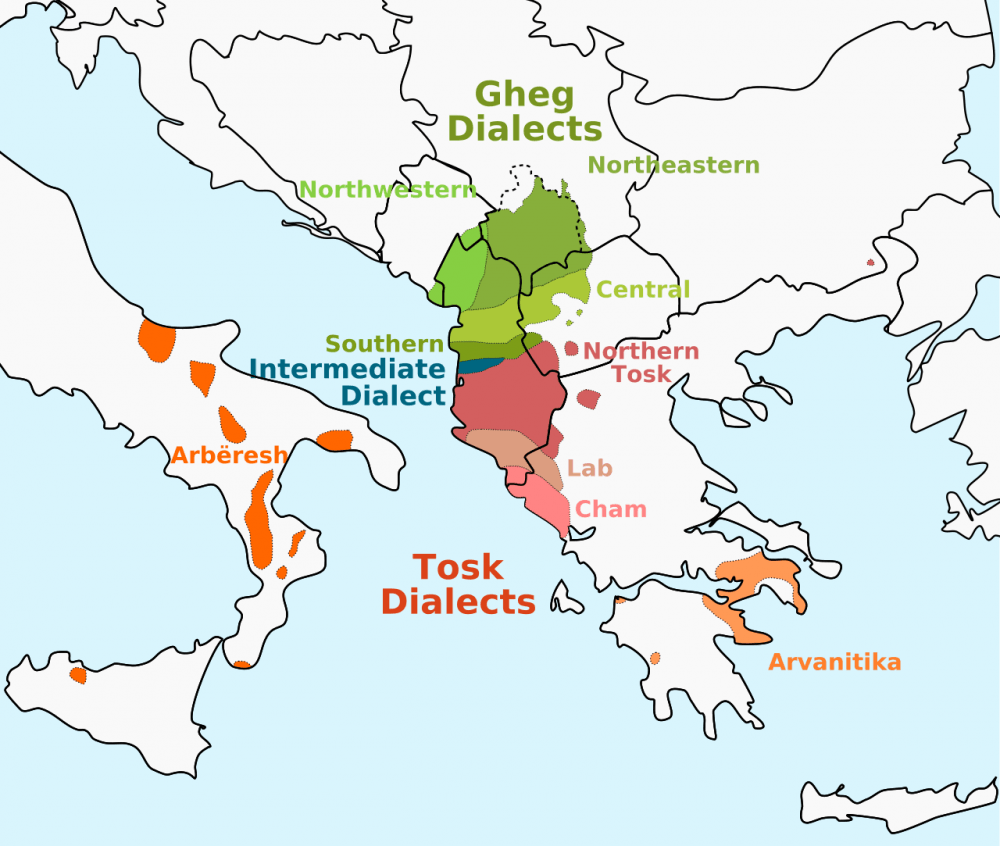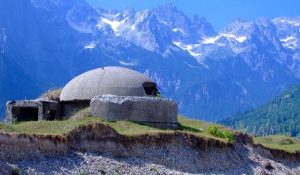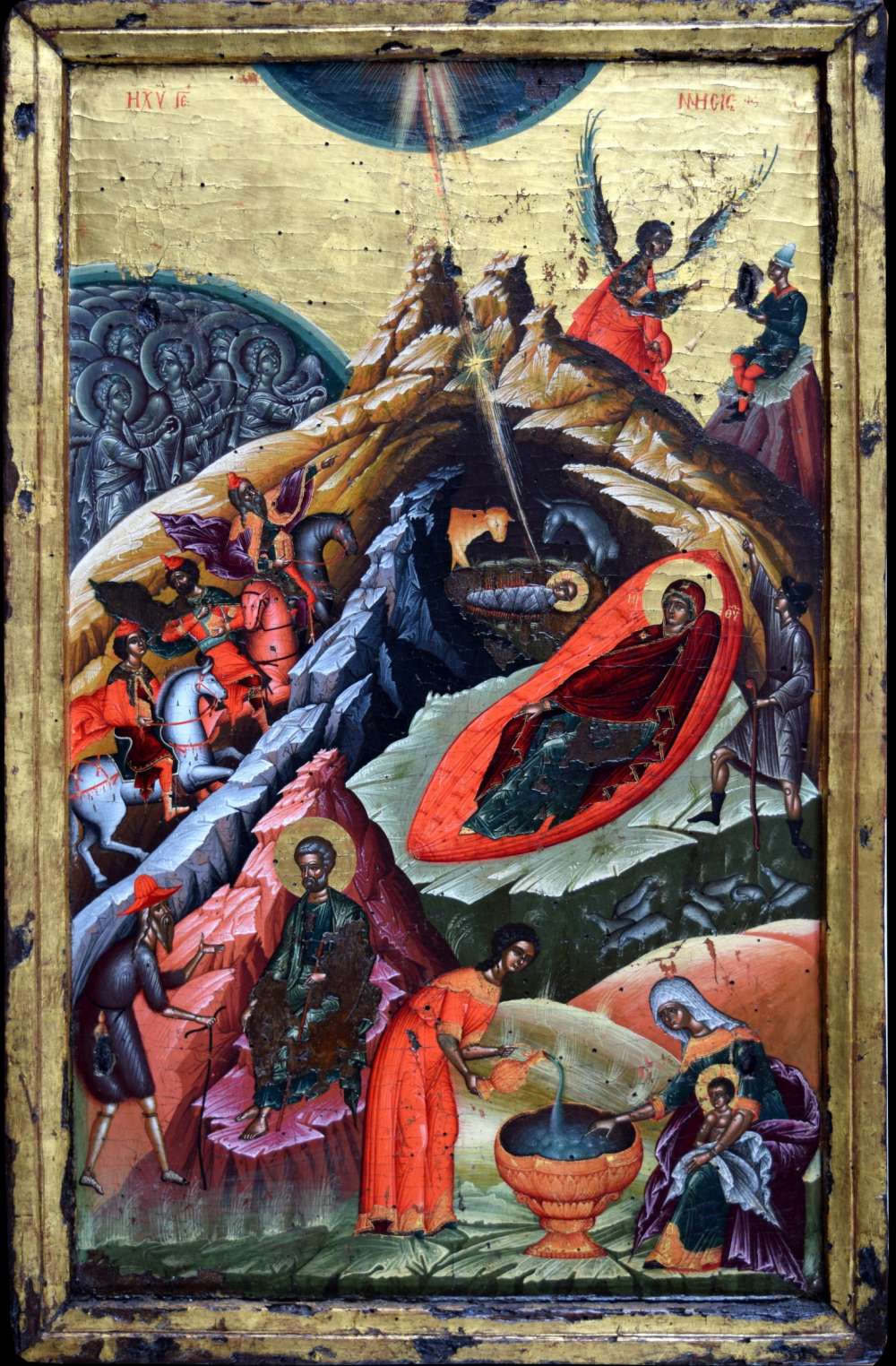The Karavasta Lagoon is one of the largest lagoons in the Mediterranean and is home to the Dalmatian pelican, as well as over 250 species of birds, mammals and amphibians. Five percent of the world population of Dalmatian pelicans live in this lagoon.

Mother Teresa , whose given name was Agnese Gonje Boyagiu, was an ethnic Albanian. Mother Libra’s work has inspired honor throughout Albania, including the name of Albania’s international airport: Tirana Mother Teresa International Airport.

Goje Angnes Boyajiu, known as Mother Teresa of Calcutta, Albanian-born Catholic nun
The second largest Roman amphitheater in the Balkans is located in the Albanian port city of Durres. Built in the 2nd century AD, the theater could hold 20,000 spectators, about a sixth of the population of Durrës.

Two of the seven “purple codices” (the Berat Purple Codex is a historical manuscript of early biblical literature), written from the sixth to the eighteenth century, are kept in the UNESCO-listed city of Berat in Albania. The two Albanian codes are very important for the world community and the development of ancient biblical, liturgical and hagiographic literature.

Violet holy codex of Berat
Did you know that the first emperor of the Roman Empire, Augustus , studied at Apollonia, near the city of Fier, in 44 BC?

Temple of Apollonia, the oldest city in Albania – Fier
The main legacy of the Albanian national hero Gerge Kastrioti (George Kastriot) Skanderbeg was to stop the expansion of the Ottoman Empire in Western Europe. His contributions are commemorated in monuments, statues and squares named after him in Rome, Vienna, Budapest, Paris, London, Geneva, Michigan, Skopje, Pristina, Spezzano, Piana degli Albanesi near Palermo and the entire Calabri region, as well as in Brussels.

Statue of Skanderbeg in Tirana, Albania
Did you know that the origins of isopolyphony , one of the world’s oldest traditions of acapela singing, go back to the Illyrians, the ancestors of modern Albanians? The term “iso” refers to the buzz that accompanies isopolyphonic singing, and is associated with the “ison” of Byzantine church music, where the song accompanies a group of drones. This unique musical tradition was recognized by UNESCO in 2005 when it was added to the list of “Masterpieces of the Oral and Intangible Heritage of Humanity”.

Albanian is a separate branch of the Indo-European language family and is now spoken by about eight million people worldwide. In addition to a large diaspora, more than 80,000 Arberesh speak Albanian in southern Italy.

During the almost forty years of communist rule, more than 700,000 bunkers were built in the country – one for every four inhabitants. Bunkers are still a ubiquitous sight in Albania for visitors, with an average of twenty-four bunkers per square kilometer. Albania is perhaps unique in its bunkers, where some of them are decorated with bright colors.

Bunker in the Albanian Alps
Onufri or Onufriy from Shpati near Elbasan is known as the most important icon painter of the 16th century in Albania. Despite the fact that he painted biblical and ecclesiastical motifs in accordance with the Byzantine canon, he had the merit of freeing himself from strict patterns. In his works he depicted Albanian landscapes, cities, peasants, shepherds and especially knights.

Birth of Jesus